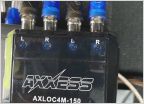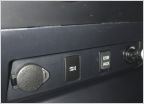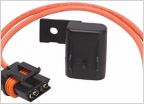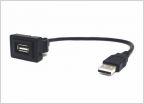-
Welcome to Tundras.com!
You are currently viewing as a guest! To get full-access, you need to register for a FREE account.
As a registered member, you’ll be able to:- Participate in all Tundra discussion topics
- Transfer over your build thread from a different forum to this one
- Communicate privately with other Tundra owners from around the world
- Post your own photos in our Members Gallery
- Access all special features of the site
Users of the Audio Control LC7i, LC6i or other active Line Out Converters
Discussion in 'Audio & Video' started by styx, Feb 7, 2018.


 Speakers humming/white noise with new everything from tech12v
Speakers humming/white noise with new everything from tech12v Stereo and speaker system upgrade
Stereo and speaker system upgrade Need more switch blanks!
Need more switch blanks! Waterproof inline fuse?
Waterproof inline fuse? Adding usb port
Adding usb port
















































































